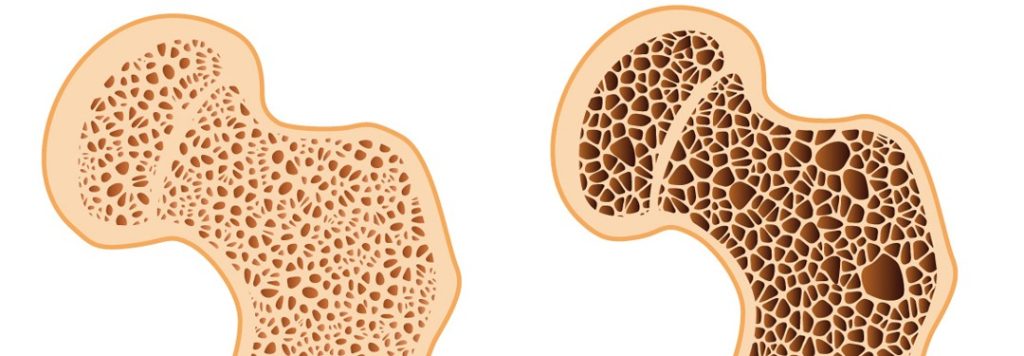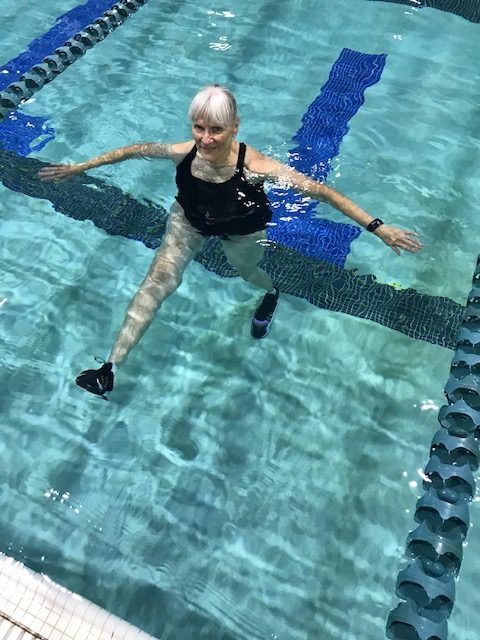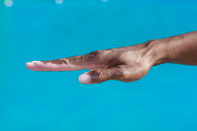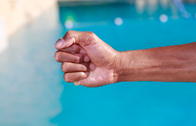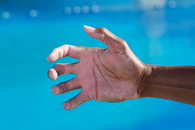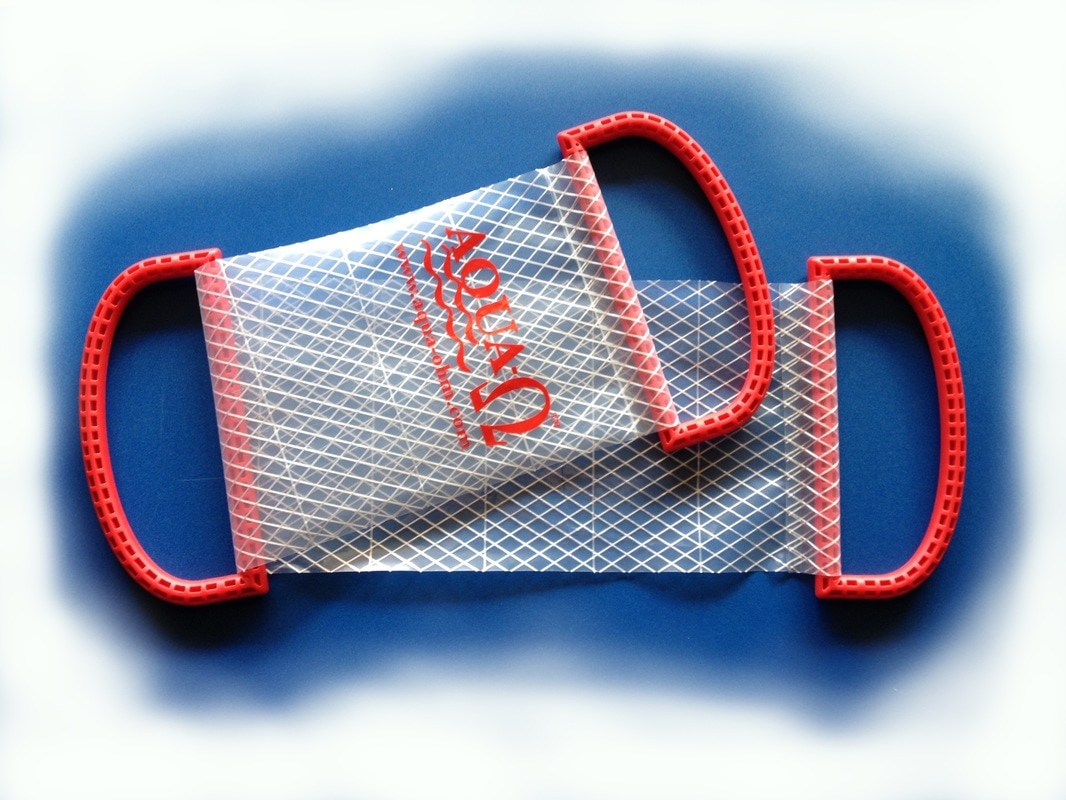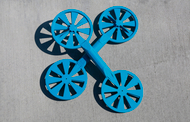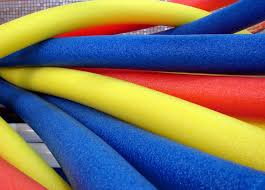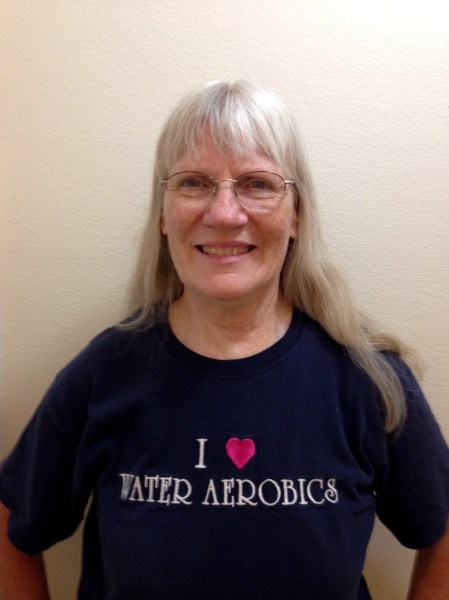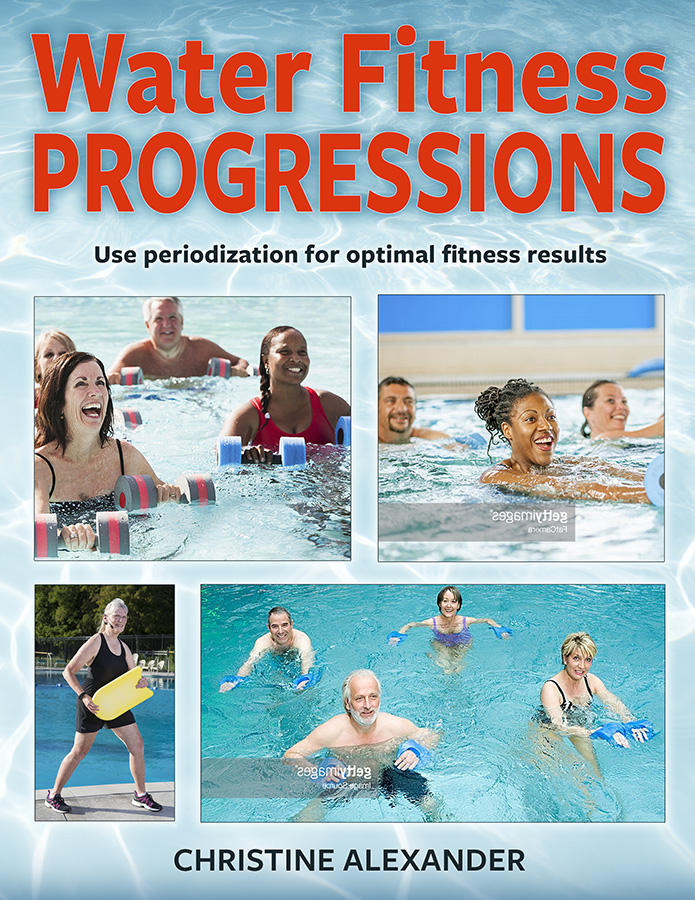
Of all the things I might lose as I age, the scariest one is losing my brain health. Worldwide, more than 54 million people had Alzheimer’s disease and other dementias in 2020, according to the American Heart Association, and that number is expected to grow. The Aquatic Exercise Association listed 10 early signs and symptoms of Alzheimer’s in their 2nd Quarter 2022 issue of Leader Tools:
- Memory loss that disrupts daily life.
- Challenges in planning or problem solving.
- Difficulty completing familiar tasks.
- Confusion with time or place.
- Trouble understanding visual images and spatial relationships.
- New problems with words in speaking or writing.
- Misplacing things and losing the ability to retrace steps.
- Decreased or poor judgement.
- Withdrawal from work or social activities.
- Changes in mood or personality.
If there is anything that can be done to prevent or delay the onset of dementia, I definitely want to do it! Scientists long believed that the brain was not capable of producing new neurons, but modern research has revealed that the hippocampus, the part of the brain that allows learning, is capable of generating new cells throughout adult life. The ability of the brain to change and grow is called neuroplasticity. John J. Ratey, MD and Eric Hagerman published a book in 2008 called SPARK: The Revolutionary New Science of Exercise and the Brain. They discussed the research that had been done which shows that aerobic exercise helps the brain as much as it helps the heart. Aerobic exercise stimulates the release of the substance known as brain-derived neurotropic factor (BDNF) which sets in motion the growth of new synaptic connections and bolsters the strength of signals transmitted from neuron to neuron. A study by Dr. Aron Buchman done at the Rush University Medical Center in Chicago was published in the Journal of Neurology. He followed 535 individuals, with an average age of 81, for an average of six years, testing their cognitive functions (thought processes and memory) each year. After their deaths, the researchers took note of the BDNF levels in the brain. The subjects who had exercised had the highest levels of BDNF, and they experienced a 50 percent slower loss of cognitive functions compared with those who had the lowest BDNF levels.
Studies have shown that immersion in water relaxes the blood vessels, which facilitates an increase in the cardiac output of blood throughout the body, including the muscles working during exercise, and the brain. In a 2015 booklet entitled Water Immersion Works, Dr. Bruce Becker, the director of the National Aquatics & Sports Medicine Institute in Spokane, Washington, noted that anecdotal evidence suggests that time spent in the swimming pool has a beneficial effect on people with dementia. Individuals in a study showed improved speech and language function, improved balance and agility, and improved cognitive and memory function, an improvement that persisted after their sessions in the pool.
What about those computer games and puzzles that claim “doctors beg their patients to play these games” in order to keep their brains young? Research has found that these computer games and activities such as Sudoku and crossword puzzles are not as beneficial as originally thought. However, there is neuroplasticity training that can be combined with physical movement to strengthen, improve and even change some brain regions. Putting those neuroplasticity drills into a water fitness class is like using all the tools in your toolbox for reducing the risk of dementia. So how does this work?
Lawrence Biscontini, MA, has been involved in brain training since 1972. As an Advisory Board Member for the International Council on Active Aging, and as an active ager himself, Biscontini dedicates a great deal of time to making practical the most recent research on keeping our brains as young and sharp as possible. Check his website for information on his workshops and to read some of his articles. Below are some examples of neuroplasticity drills to perform out loud (to get more senses involved) while doing exercises in the pool such as jogging, jumping jacks, cross-country ski or any other combination of exercises.
- Spell your first name forwards and backwards
- Say the names of the months backwards starting with December and skipping every other month (December, October, August…)
- Count down from 100 by 3s
- Teach participants a word in any other language; repeat it and spell it 7 times
- Say out loud (the whole class together) your first memory, first birthday party, how you met your first friend or some other long term memory
- Recite the digits of your phone number forward and backward
- Add the digits of your phone number together, two at a time
- Give the class math problems to solve (addition, subtraction, multiplication, division)
- Give each of 5 exercises a number, and call out the number instead of the name of the exercise
- Spell the name of your state, adding the next letter after each letter, e.g. T (U) E (F) X (Y) A (B) S (T) for Texas
- When performing an exercise, such as a lunge, with the right leg name a fruit, and with the left leg name a vegetable
- Name as many green vegetables, cold drinks, names beginning with the letter R, birds, car makes or any other list you can think of
You can have a lot of fun coming up with neuroplasticity drills for your class and your class will have a lot of fun trying to imagine what you will come up with next. You will also be helping them to keep their brain health and reduce their risk of Alzheimer’s. That’s a win for everyone!
See you in the pool!


